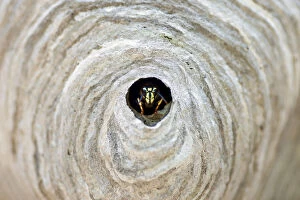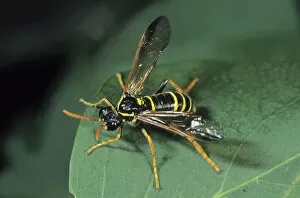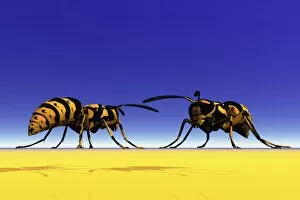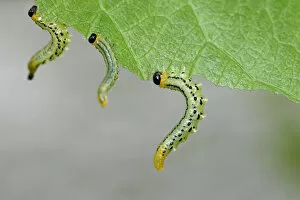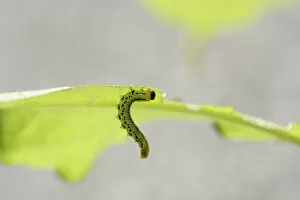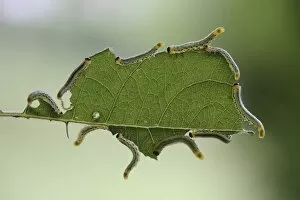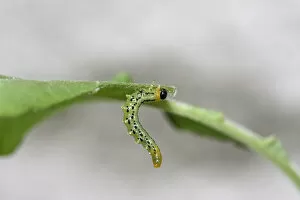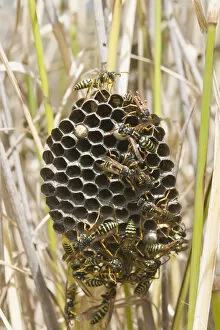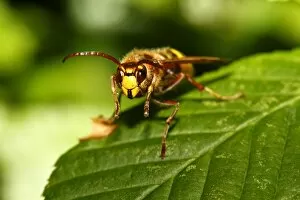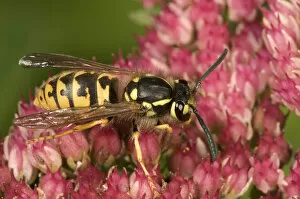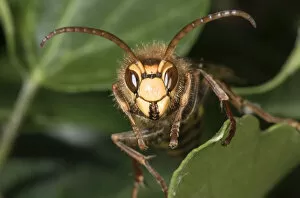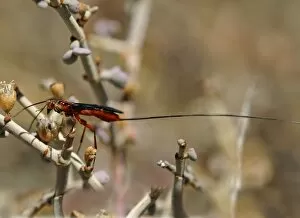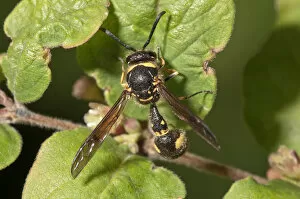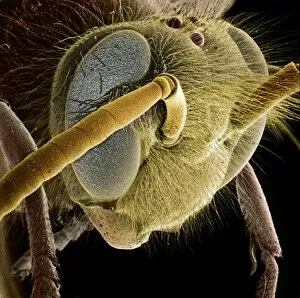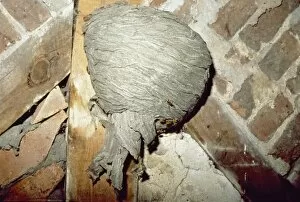Vespid Collection
"DDE-90037360: Exploring the Fascinating World of Vespid" Step into the mesmerizing world of vespid, a diverse group of insects that includes sawflies and wasps
For sale as Licensed Images
Choose your image, Select your licence and Download the media
"DDE-90037360: Exploring the Fascinating World of Vespid" Step into the mesmerizing world of vespid, a diverse group of insects that includes sawflies and wasps. With their intricate patterns and stunning colors, these creatures are truly a sight to behold. One such species is the Allantus scrophularia, a sawfly known for its distinctive markings. Through impressive 3D graphics, we can observe two wasps in all their glory, showcasing the beauty and complexity of nature. The larvae of Craesus septentrionalis, another type of sawfly, go through various developmental stages as they transform into adult insects. Witnessing this metamorphosis is like witnessing a miracle unfold before our eyes. In Tuscany, Italy, Europe lies the nest of European Paper Wasps (Polistes dominula), an architectural marvel created by these industrious creatures. The precision and craftsmanship displayed in their creation is awe-inspiring. Meanwhile, in Limburg, Hesse Germany rests a majestic Hornet (Vespa crabro) on a leaf. Its regal presence commands attention as it showcases its strength and resilience amidst nature's backdrop. Moving to Baden-Wuerttemberg Germany brings us face-to-face with both German or European wasp (Vespula germanica) and Hornet (Vespa crabro). These formidable insects demonstrate their adaptability as they navigate through Stonecrop plants or simply rest upon leaves. Whether it's observing the larva stage or admiring fully-grown adults in action - vespid never cease to amaze us with their diversity and beauty. Let us appreciate these remarkable creatures that play vital roles within our ecosystems while reminding ourselves how incredible nature truly is.

